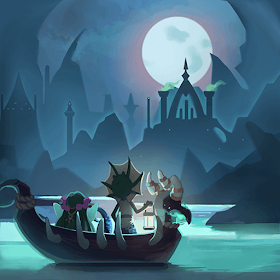The ROG Ally made a significant impact in 2023, presenting itself as a formidable alternative to the Steam Deck, especially due to its Windows operating system, which broadens the gaming library available to users. The subsequent release of the ROG Ally X last year not only enhanced its internal components but also improved ergonomics and cooling, making it even more user-friendly. The ROG Ally's primary allure lies in its portability, yet it also offers the flexibility to connect to a TV or gaming monitor for a more relaxed gaming experience at home. Both the original and the X models support external display connectivity, allowing you to enjoy your games on a larger screen. Below is a comprehensive guide on how to connect your ROG Ally to a TV or monitor, complete with step-by-step instructions and recommendations.
How to Connect With an Adapter
Connecting your ROG Ally to a TV or monitor can be achieved through various methods, but using an adapter is a straightforward approach that doesn't require much space. Options range from compact dongle-style adapters to direct cables, or the official ROG Gaming Charger Dock.
What You'll Need
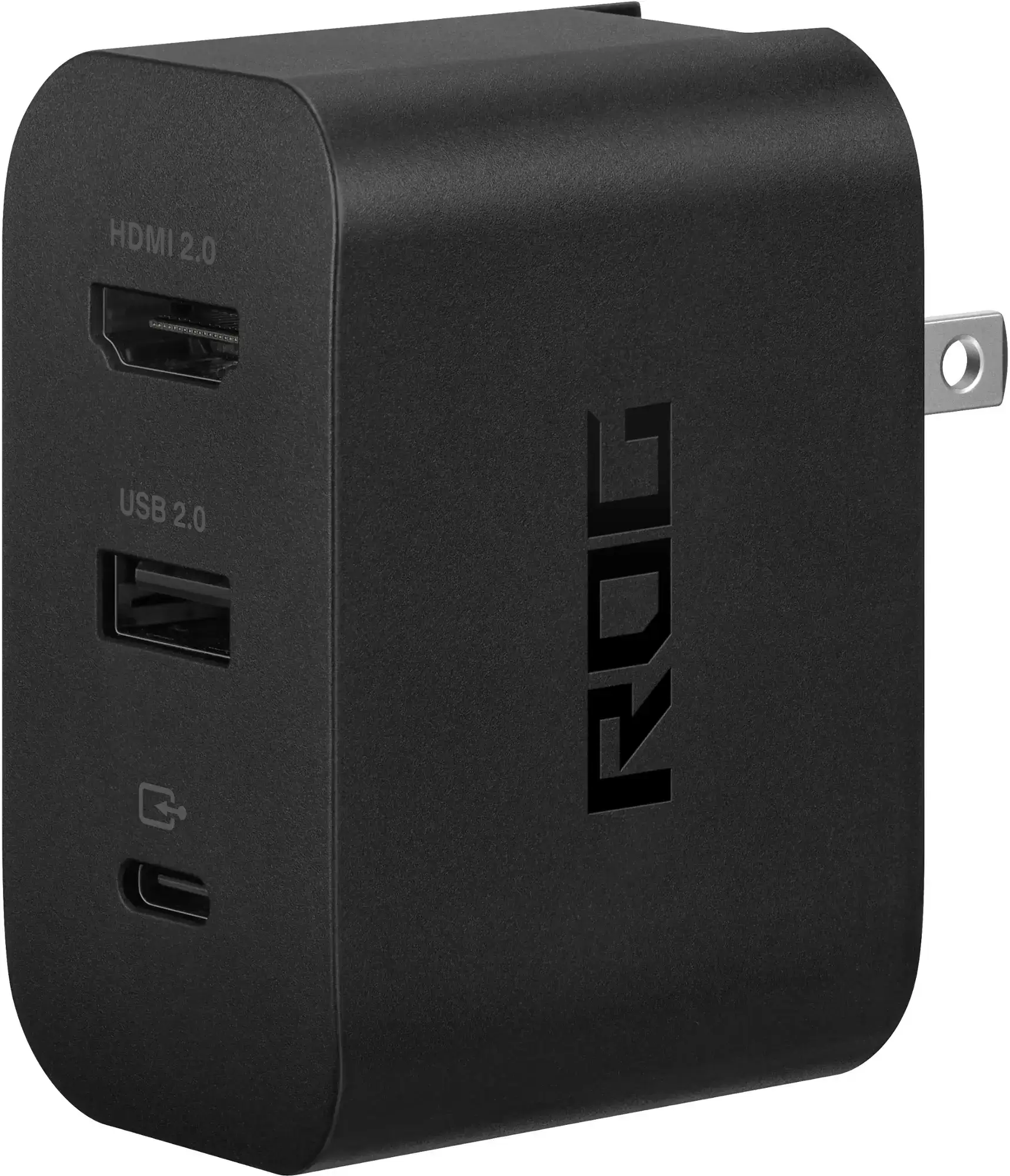
ASUS ROG 65W Charger Dock
Supports HDMI 2.0 with USB Type-A and USB Type-C for ROG Ally. See it at Best Buy
Asus simplifies the process of connecting the ROG Ally to a TV with its official ROG Gaming Charger Dock, which is the most space-efficient adapter and doubles as a charger. All you need is a USB-C and HDMI cable to set it up. The Charger Dock also includes a USB-A port for connecting peripherals like a mouse or keyboard.
Alternatively, you can use a third-party USB-C to HDMI adapter, which connects directly to the ROG Ally's USB-C port. Then, attach an HDMI cable from the adapter to your TV or monitor. For a simpler setup, consider a USB-C to HDMI cable that connects directly from the ROG Ally to your display without any additional components.
It's important to note that some USB-C to HDMI adapters have a passthrough USB-C port, allowing you to charge the ROG Ally while connected to an external display. If your adapter supports this feature, you'll need an additional USB-C cable and your power adapter to keep the battery charged during gameplay.
How to Connect: Step-by-Step Instructions
- Plug a USB-C to HDMI adapter (or cable) into the ROG Ally's USB-C port on the top of the enclosure. If using the ROG Gaming Charger Dock, connect one end of a USB-C cable to the ROG Ally's USB-C port and the other to the Charger Dock's USB-C charging port.
- Connect an HDMI cable to the adapter (or Charger Dock) and plug the other end into an available HDMI port on your TV or monitor. For a direct USB-C to HDMI cable, simply connect the HDMI end to your TV or monitor.
- (Optional) If your USB-C adapter has a passthrough USB-C port for charging, connect your ROG Ally's power adapter to this port to keep it powered.
- Power on the ROG Ally; it should automatically detect and output the video signal.
- Switch your TV or monitor's input to the correct HDMI input to view your ROG Ally's display.
How to Connect With a Docking Station
For a more Nintendo Switch-like experience, consider using a docking station. Although the ROG Ally lacks an official docking station (apart from the ROG Gaming Charger Dock, which functions more like an adapter), numerous third-party options are available. These stations not only connect the ROG Ally to your TV or monitor but also charge it while in use.
What You'll Need
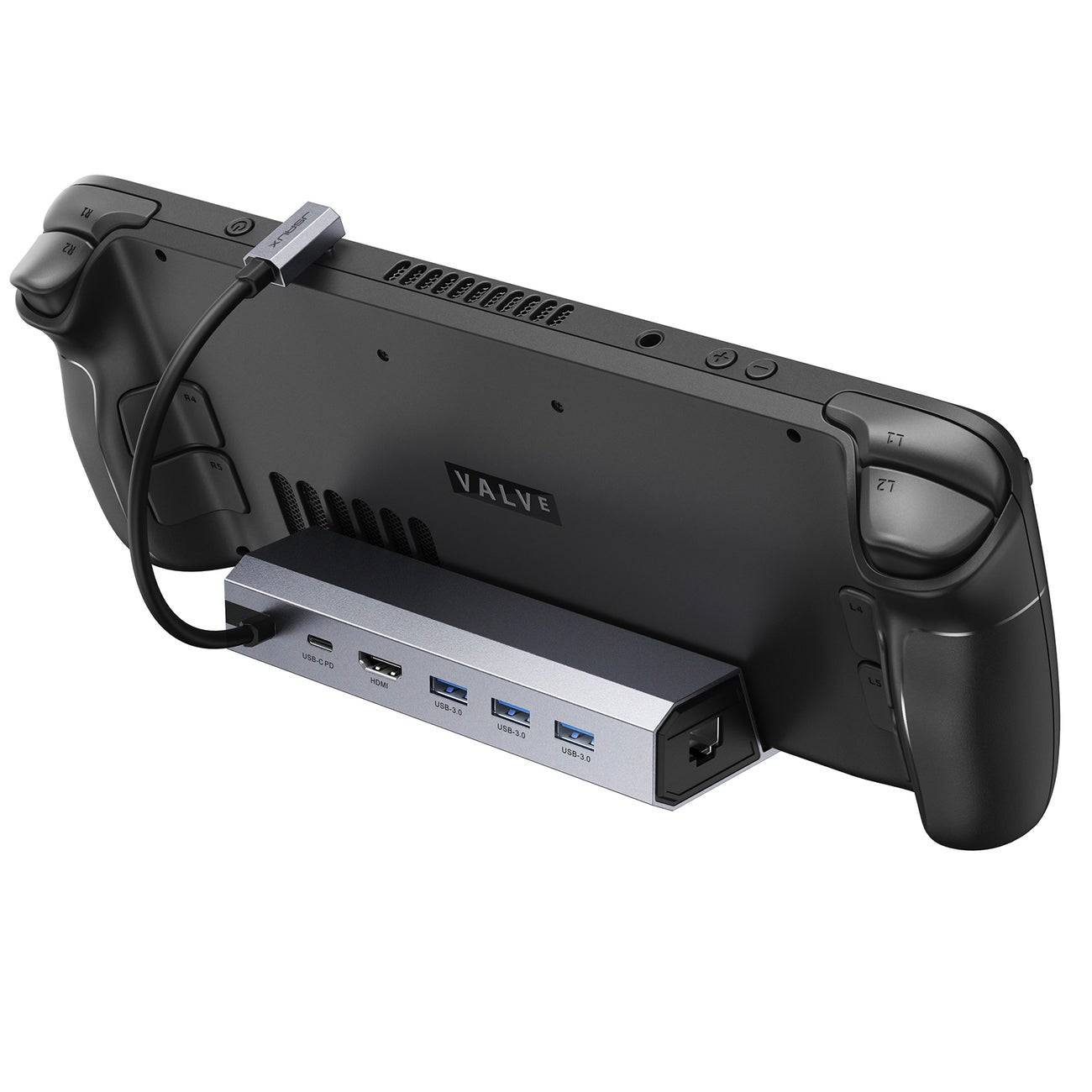
JSAUX Docking Station HB0603
2100 watts of power for fast charging and multiple ports are included with this compact dock that also serves as a stand. See it at Amazon
Basic docks designed for the ROG Ally typically include an HDMI port and a USB-C passthrough charging port. For those seeking more connectivity, advanced docks offer additional USB ports for peripherals like a mouse and keyboard, external hard drives, Ethernet ports for stable internet connections, SD card slots for expanded storage, and even a Display Port for additional screens. Smaller, portable dock options are ideal for traveling and connecting to larger displays on the go. Many docks compatible with the Steam Deck are also suitable for the ROG Ally.
How to Connect: Step-by-Step Instructions
- Place your ROG Ally into the dock.
- Connect the USB-C power cord to the ROG Ally's USB-C port on the top of the enclosure.
- Connect your ROG Ally's power adapter to the USB-C charging port on the dock.
- Attach an HDMI cable to the dock's HDMI port and connect the other end to an available HDMI port on your TV or monitor.
- Power on the ROG Ally; it should automatically detect and output the video signal.
- Switch your TV or monitor's input to the correct HDMI input to view your ROG Ally's display.
You'll Also Need a Controller
While a mouse and keyboard can be connected to your chosen docking solution, using a wireless controller offers the most comfortable gaming experience on a larger screen. The ROG Ally supports any Bluetooth-enabled gaming controller. Here are our top recommendations for controllers that work well with the ROG Ally:

Sony DualSense
See it at Amazon | See it at Best Buy | See it at Target
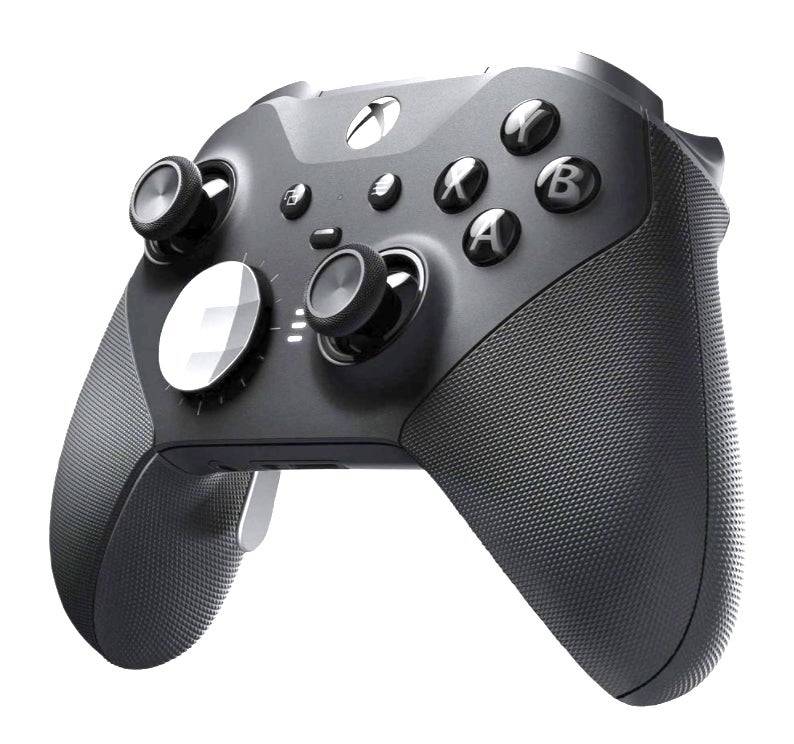
Xbox Elite Series 2 Controller
See it at Amazon | See it at Best Buy
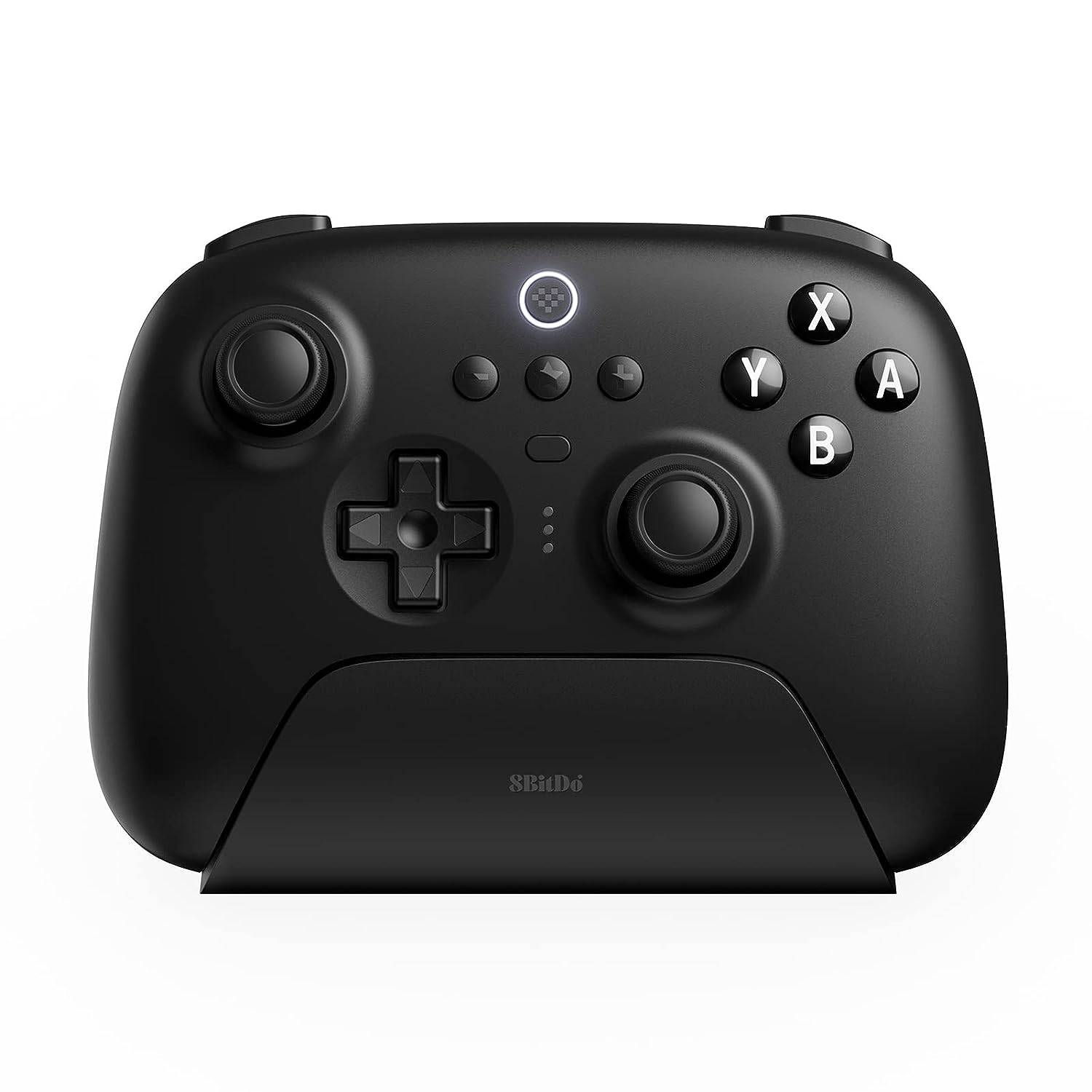
8BitDo Ultimate Controller
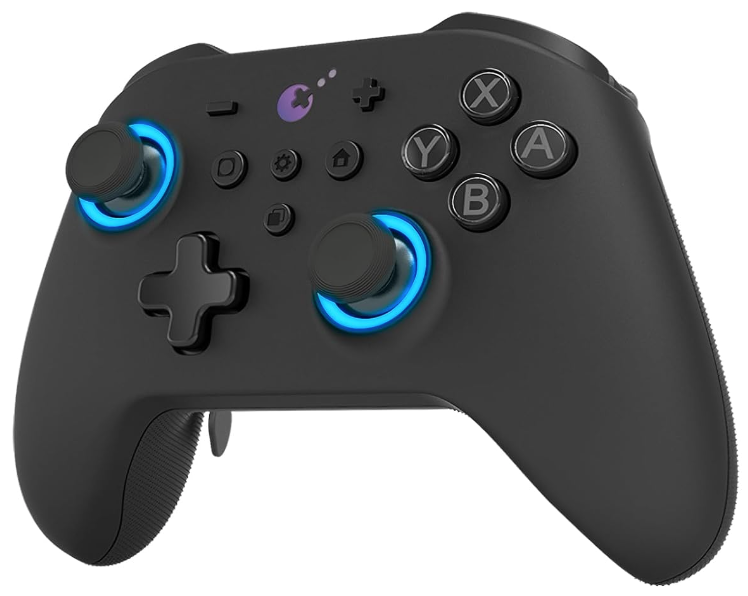
GuliKit KingKong 3 Max Controller
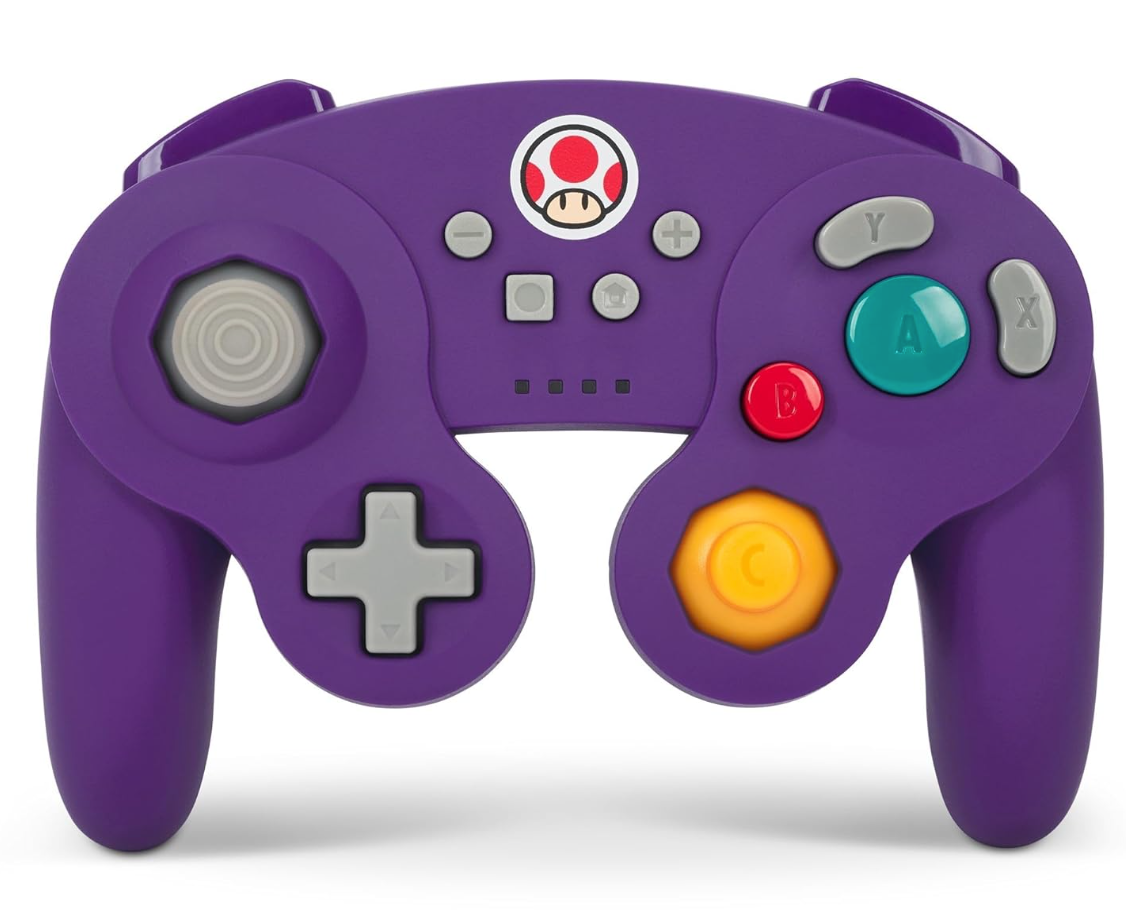
PowerA Wireless GameCube Style Controller
This list includes first-party options like the PS5's DualSense, the Xbox Wireless Controller, or the Nintendo Switch Pro Controller, as well as a range of third-party controllers. Some controllers use a 2.4GHz wireless connection with an included USB adapter, which can provide lower latency and better range compared to standard Bluetooth controllers. For a straightforward setup, you can also opt for a wired USB controller if you're close enough to the ROG Ally or docking station.








